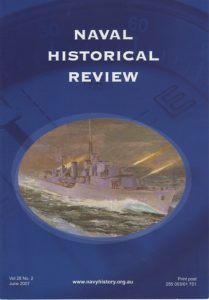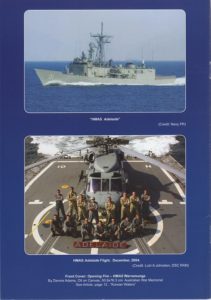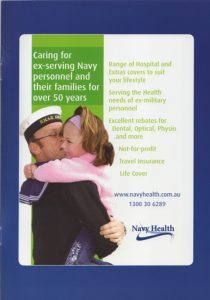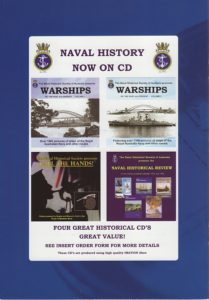
Barry Spicer
Barry has enjoyed drawing from an early age and especially drawing aircraft, ships and military vehicles. A strong influence in his young life was an uncle whose hobby was making plastic models of aircraft and tanks. Barry always admired them when he visited and often drew pictures of the completed kits. That planted the seed for an interest in military hardware which much later in life became the focus of many of his paintings.
He began painting in 1994 at the age of 33. learning from books and experimentation, at first with an airbrush before moving on to acrylics, then finally settling on oils as his preferred medium.
His first commissioned painting came in 1996. Since then, Barry has completed many commissions for a number of RAAF and Army units as well as paintings and drawings for galleries, private collectors and companies, for use on stamps, coins, books, model box lids or as limited-edition prints.
Barry lives in Surrey Downs, South Australia and he is the patron artist for the National Military Vehicle Museum of SA.
- Additional resources for Barry Spicer



